- Home
- /
- Product Management
- /
- Understanding SaaS, PaaS, and IaaS
Introduction
In the rapidly evolving landscape of technology, businesses are increasingly relying on cloud computing services to streamline operations, enhance scalability, and reduce infrastructure costs. Three fundamental models of cloud computing – Software as a Service (SaaS), Platform as a Service (PaaS), and Infrastructure as a Service (IaaS) – form the backbone of this revolution. In this blog, we’ll delve into each layer, unraveling their distinct features, use cases, and advantages.
Software as a Service (SaaS)
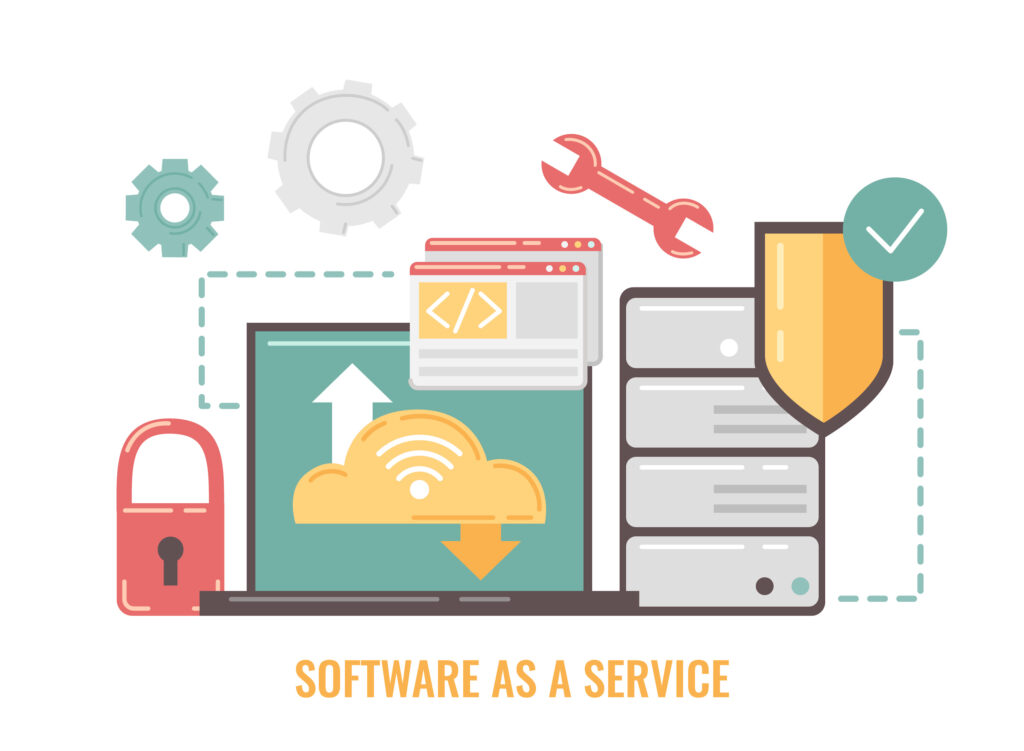
SaaS is perhaps the most user-centric layer of cloud computing. It provides ready-to-use software applications delivered over the Internet on a subscription basis. Users access these applications through a web browser, eliminating the need for local installations or maintenance. Common examples of SaaS include customer relationship management (CRM) tools like Salesforce, collaboration suites like Microsoft 365, and cloud-based storage solutions like Dropbox.
Key Features
- Accessibility: SaaS applications can be accessed from any device with an internet connection.
- Automatic Updates: Software updates and patches are managed by the service provider, ensuring users always have the latest features and security fixes.
- Scalability: SaaS allows businesses to scale up or down easily based on their needs.
Use Cases
- Communication and Collaboration: Tools like Slack, Microsoft Teams
- Project Management: Asana, Trello
- Enterprise Resource Planning (ERP): SAP, Oracle Cloud ERP
Advantages
- Cost-Efficiency: Pay-as-you-go pricing models reduce upfront costs and eliminate the need for extensive in-house IT infrastructure.
- Accessibility: Users can work from anywhere, promoting remote collaboration.
- Quick Deployment: Implementation is rapid since the software is already configured and hosted.
Platform as a Service (PaaS)
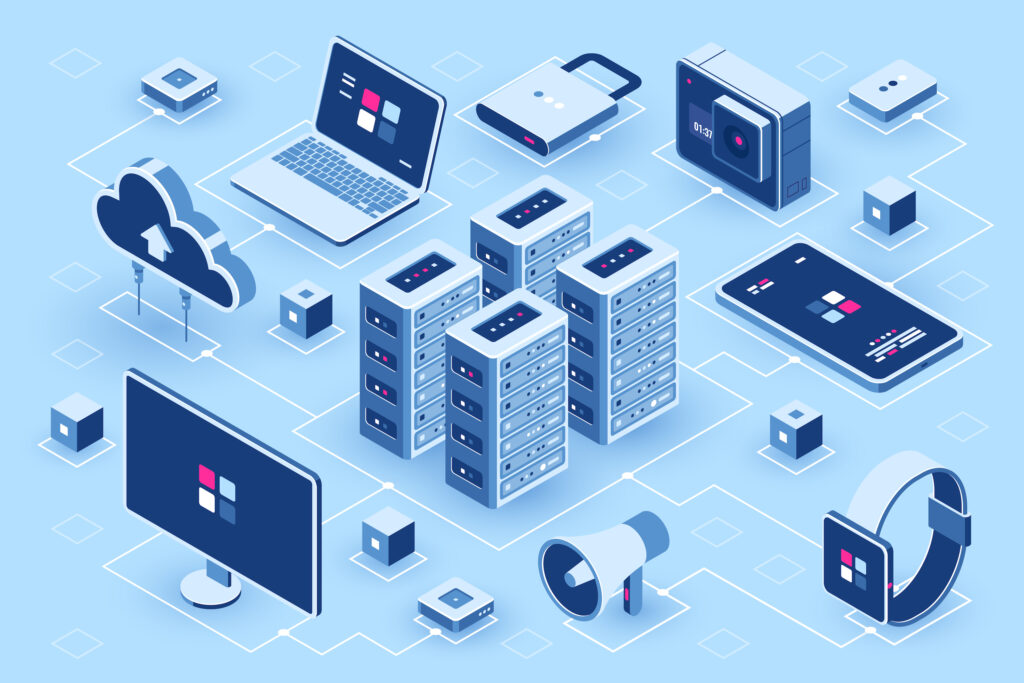
PaaS sits in the middle layer, providing a platform that allows developers to build, deploy, and manage applications without dealing with the underlying infrastructure. It offers a comprehensive set of tools, libraries, and services to support the entire application lifecycle. PaaS is particularly advantageous for developers seeking a streamlined environment without the complexities of managing hardware or operating systems.
Key Features
- Development Tools: PaaS platforms often include integrated development tools, databases, and middleware.
- Scalability: Developers can scale applications without worrying about the underlying infrastructure.
- Automated Updates: The service provider manages updates, allowing developers to focus on coding.
Use Cases
- Web Application Development: Google App Engine, Heroku
- Database Management: AWS RDS, Microsoft Azure SQL Database
- Application Hosting: Red Hat OpenShift, Salesforce App Cloud
Advantages
- Rapid Development: Developers can focus on coding rather than managing infrastructure, accelerating time-to-market.
- Cost Savings: PaaS eliminates the need for investing in and maintaining underlying hardware.
- Collaboration: Teams can collaborate seamlessly, sharing resources within the integrated environment.
Infrastructure as a Service (IaaS)
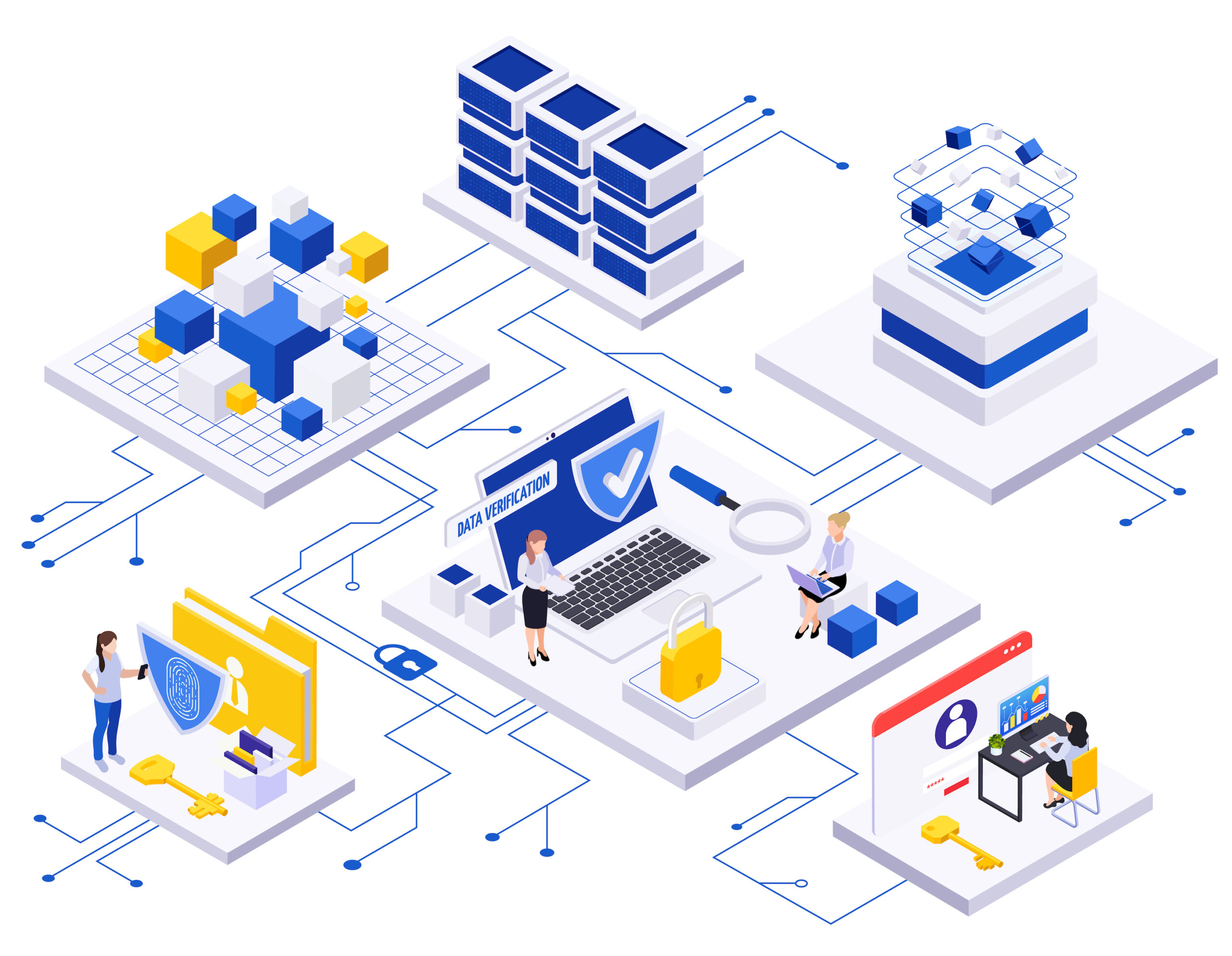
At the foundational layer of cloud computing, IaaS provides virtualized computing resources over the Internet. It includes virtual machines, storage, and networking components that enable users to build and manage their IT infrastructure. IaaS is ideal for businesses that require greater control over their computing environment and need to run custom applications or operating systems.
Key Features
- Virtualization: IaaS utilizes virtualization technology to create scalable and flexible infrastructure.
- Customization: Users have control over the operating systems, applications, and configurations.
- Resource Scaling: IaaS allows users to scale computing resources up or down based on demand.
Use Cases
- Hosting Websites: AWS EC2, Google Compute Engine
- Storage and Backup: Azure Blob Storage, Amazon S3
- High-Performance Computing: IBM Cloud Virtual Servers, Oracle Cloud Infrastructure
Advantages
- Flexibility: Users have complete control over the infrastructure, enabling customization.
- Scalability: Resources can be scaled dynamically to meet changing workloads.
- Cost Control: IaaS provides a cost-effective solution for businesses with varying resource requirements.
Choosing the Right Model

The best cloud service model for your business depends on your specific needs and technical expertise. Here’s a quick guide:
SaaS
Ideal for businesses that need easy-to-use, pre-built applications with minimal management overhead.
PaaS
Perfect for developers who want to focus on building and deploying applications without worrying about the underlying infrastructure.
IaaS
Suitable for businesses with specific infrastructure requirements and a high level of technical expertise.
Key Differences and Considerations

Control Level
IaaS offers maximum control over infrastructure, PaaS focuses on app development without infrastructure management, while SaaS provides pre-built solutions.
Responsibility
In SaaS, the provider manages everything; in IaaS, clients have full control; in PaaS, users control applications and data.
Flexibility
IaaS is highly flexible with pay-as-you-go models; PaaS streamlines app development; SaaS simplifies software access.
Frequently Asked Questions (FAQs)?

Can you provide examples of SaaS applications?
Common examples of SaaS include Salesforce for CRM, Microsoft 365 for collaboration, and Dropbox for cloud-based storage.
How does PaaS accelerate the application development process?
PaaS provides a comprehensive platform with integrated development tools, databases, and middleware, allowing developers to focus on coding rather than managing the underlying infrastructure. This accelerates the application development lifecycle.
In what scenarios is IaaS particularly advantageous?
IaaS is ideal for businesses that require greater control over their computing environment, want to run custom applications or operating systems, and need the flexibility to scale resources based on demand.
What are the cost-saving benefits of SaaS?
SaaS follows a pay-as-you-go pricing model, reducing upfront costs and eliminating the need for extensive in-house IT infrastructure. This cost-efficient approach makes it an attractive option for businesses of all sizes.
How do PaaS platforms facilitate collaboration among development teams?
PaaS platforms offer integrated environments where development teams can collaborate seamlessly, sharing resources and working on a unified platform, promoting efficient teamwork.
What advantages does IaaS provide in terms of flexibility and customization?
IaaS allows users to have complete control over the infrastructure, enabling customization of operating systems, applications, and configurations. This flexibility is especially beneficial for businesses with specific requirements.
How do these cloud computing models contribute to scalability?
SaaS, PaaS, and IaaS all provide scalability. SaaS applications can be easily scaled based on user requirements, PaaS allows dynamic scaling of applications, and IaaS enables the scaling of virtualized computing resources as needed.
Are there specific industries that benefit more from one cloud computing model over the others?
Yes, the suitability of SaaS, PaaS, or IaaS often depends on the specific needs and priorities of industries. For example, SaaS is widely adopted in sectors requiring streamlined software solutions, while IaaS is favored by industries needing greater control over infrastructure.
How can businesses leverage the insights from this blog to enhance their cloud strategy?
By understanding the distinctions between SaaS, PaaS, and IaaS, businesses can tailor their cloud strategy to meet their unique requirements, optimize costs, and stay competitive in the ever-evolving digital landscape.
Conclusion
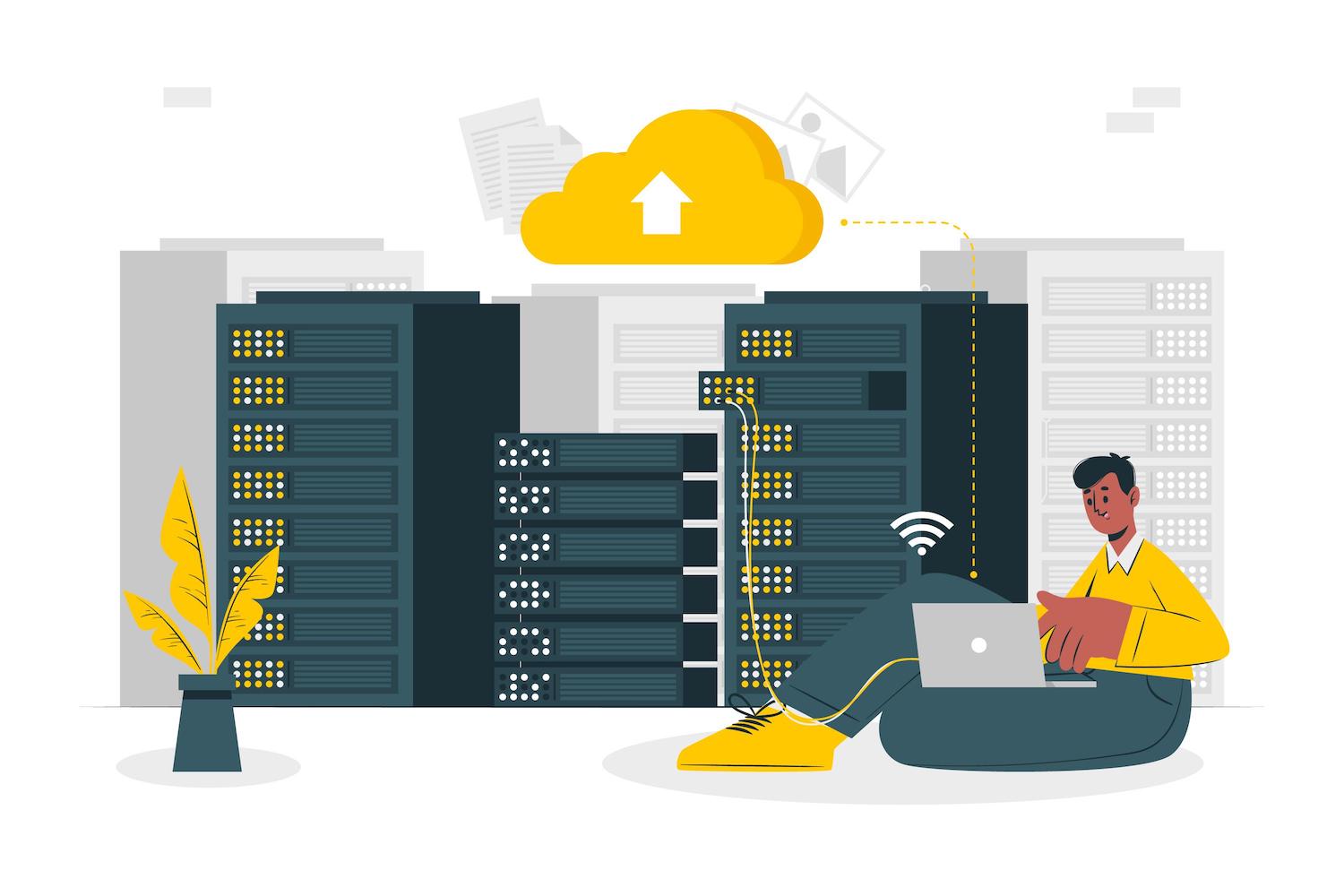
As businesses navigate the digital landscape, understanding the distinctions between SaaS, PaaS, and IaaS becomes crucial for making informed decisions. Each layer caters to different needs, offering a spectrum of options for organizations seeking efficiency, scalability, and flexibility in their IT operations. Whether opting for the user-centric SaaS, developer-friendly PaaS, or foundational IaaS, businesses can harness the power of cloud computing to stay agile and competitive in today’s dynamic market.

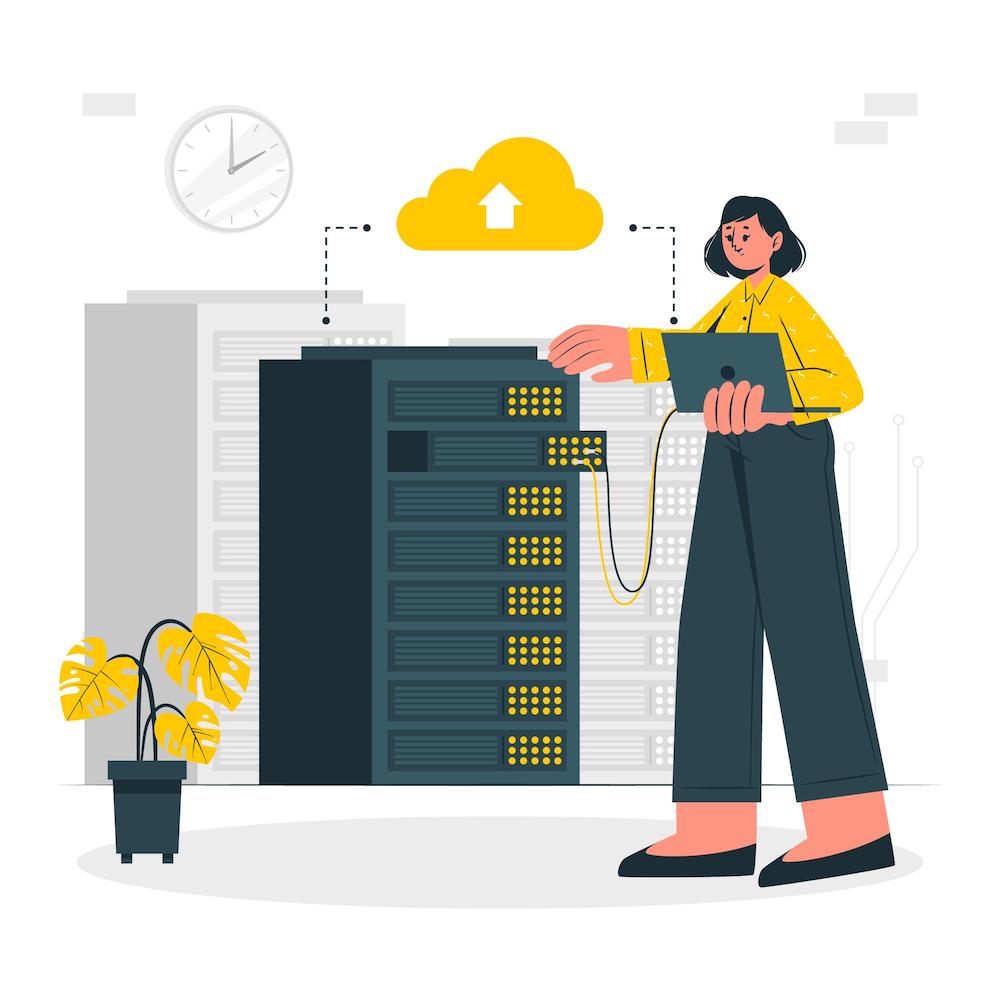
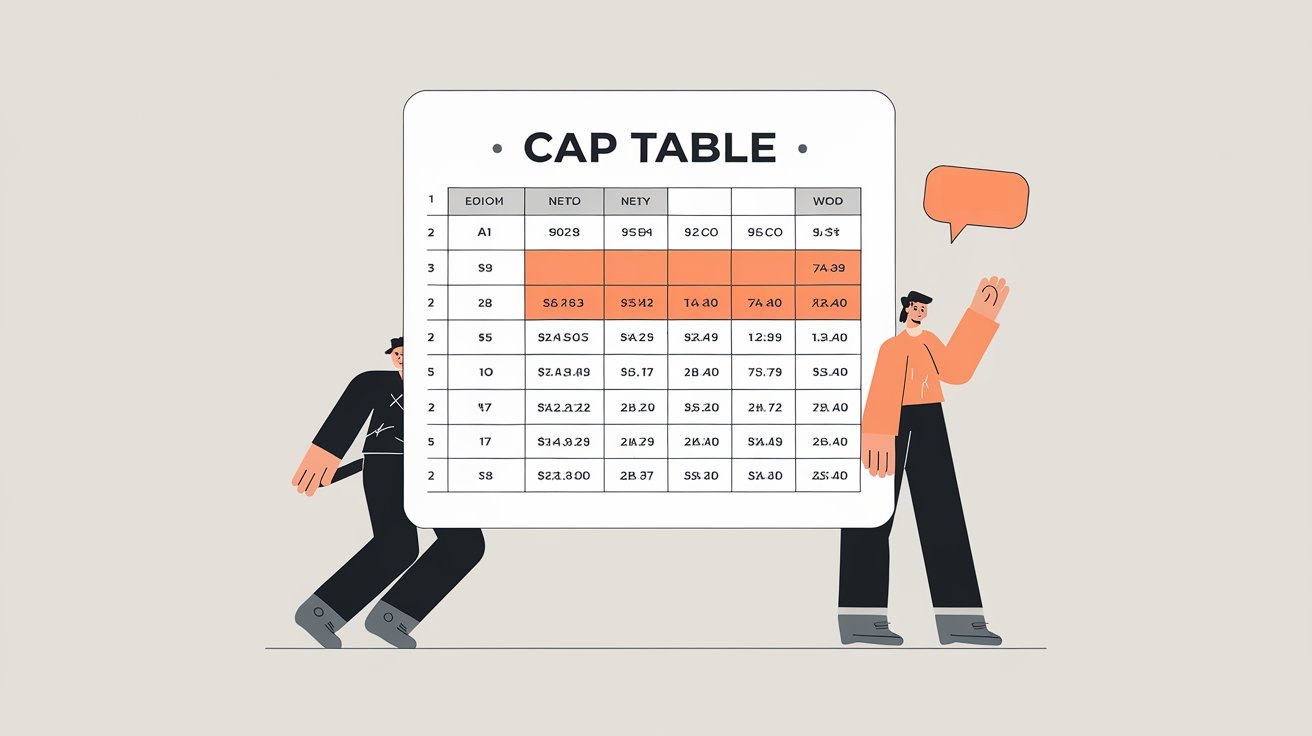
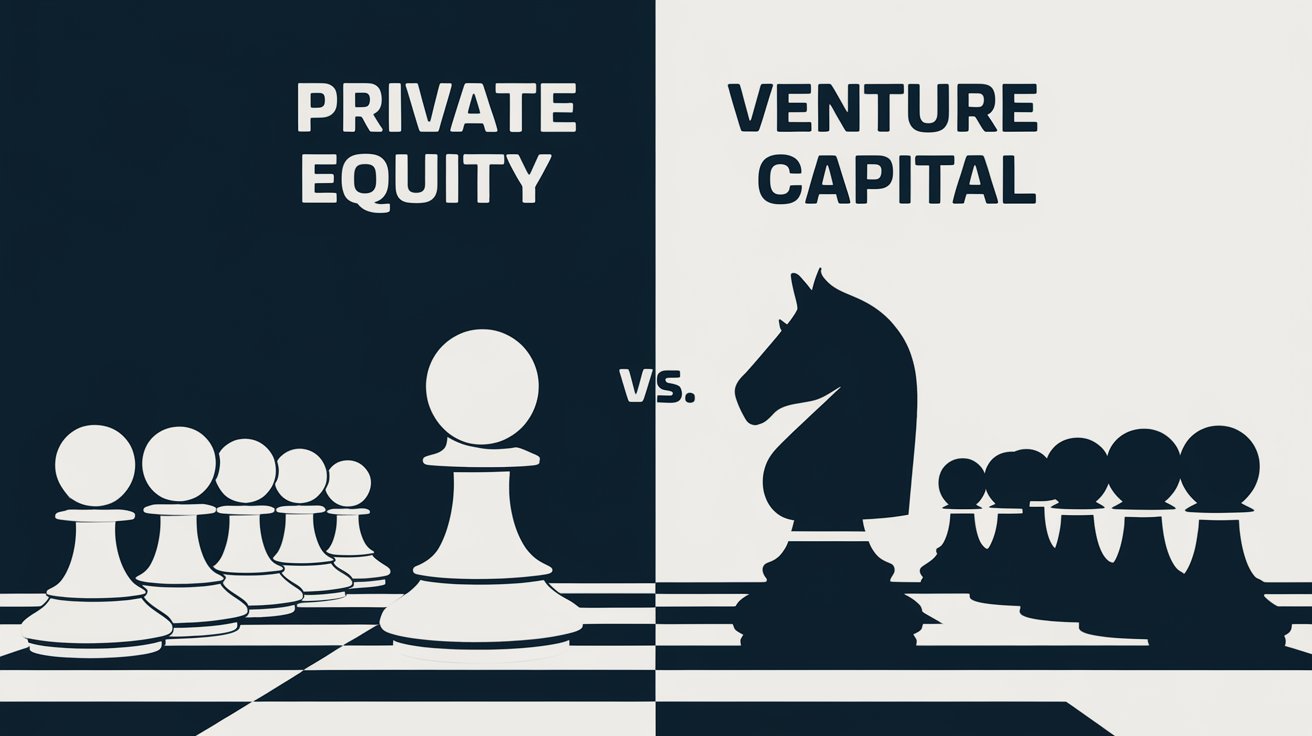


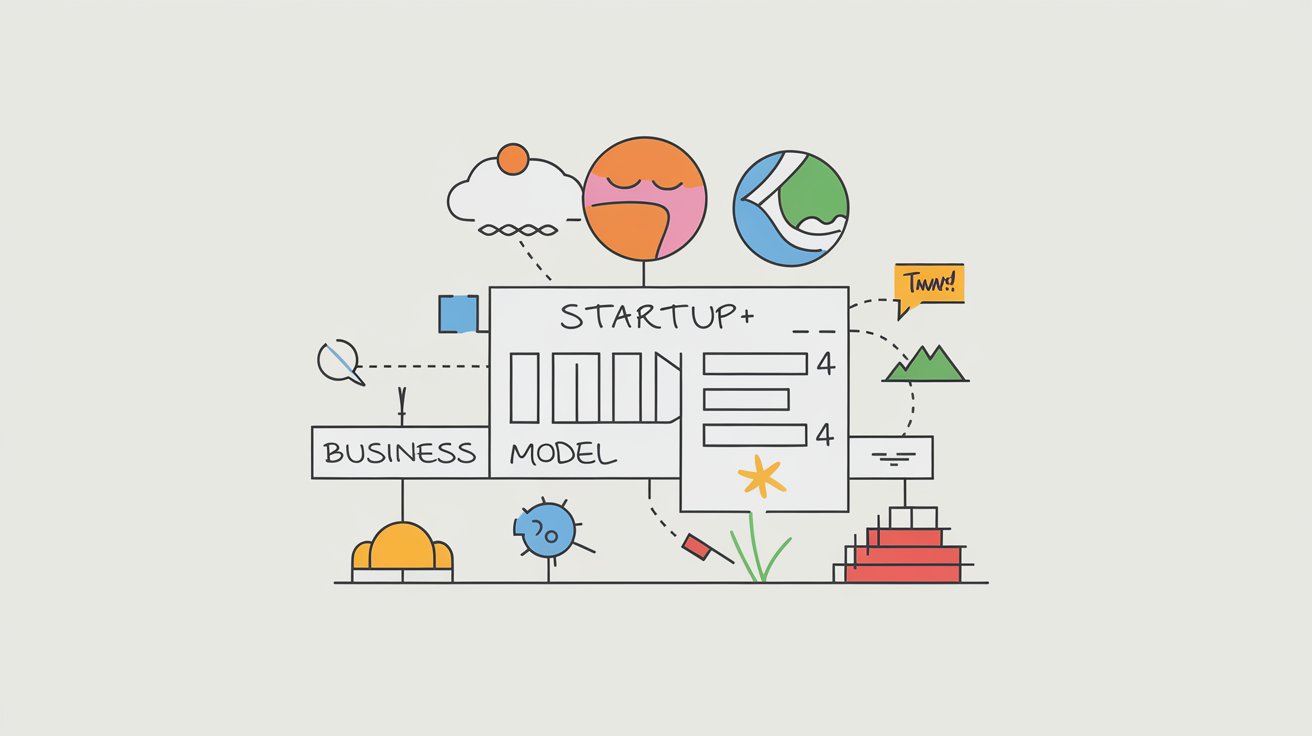





Leave a Reply